Besides their obvious purpose of allowing homeowners to move between floors, stairways are also believed to help the chi (also known as qi) to flow throughout the living spaces smoothly. The Chi is the energy that enters the home and influences the residents’ well-being and state of mind. According to Feng Shui, staircases that aren’t properly positioned can hinder this energy from flowing freely throughout the house.
Practitioners of this philosophy believe that improper placement of stairs can bring both physical and financial misfortune to the homeowner. Certain Feng Shui rules regarding the size, shape, and location of stairs — among other factors — can help you promote positive chi energy in your home.
Why Is Staircase Feng Shui Important?
Staircases are generally known to have a bad reputation in Feng Shui philosophy. This is mainly due to the pressure that these heavy structures exert on the area where they’re built, thereby “suppressing the positivity” of that location. If a stairway exists in the southeast section of the home, which is believed to be the wealth area, it may affect the financial state of the homeowners. Although this doesn’t necessarily signify that the family will face bankruptcy, it simply means they may struggle with a few unwanted expenses.
Now let’s say the stairs are located in the east section of the house — i.e. the health area. In this case, the homeowners will be constantly dealing with medical issues. According to Feng Shui, these issues will persist regardless of doctors’ consultations.
This only goes to show how important it can be to make sure the staircase in your home is Feng Shui-friendly. After all, it goes without saying that no one wants to bring any sort of misfortune into their household.
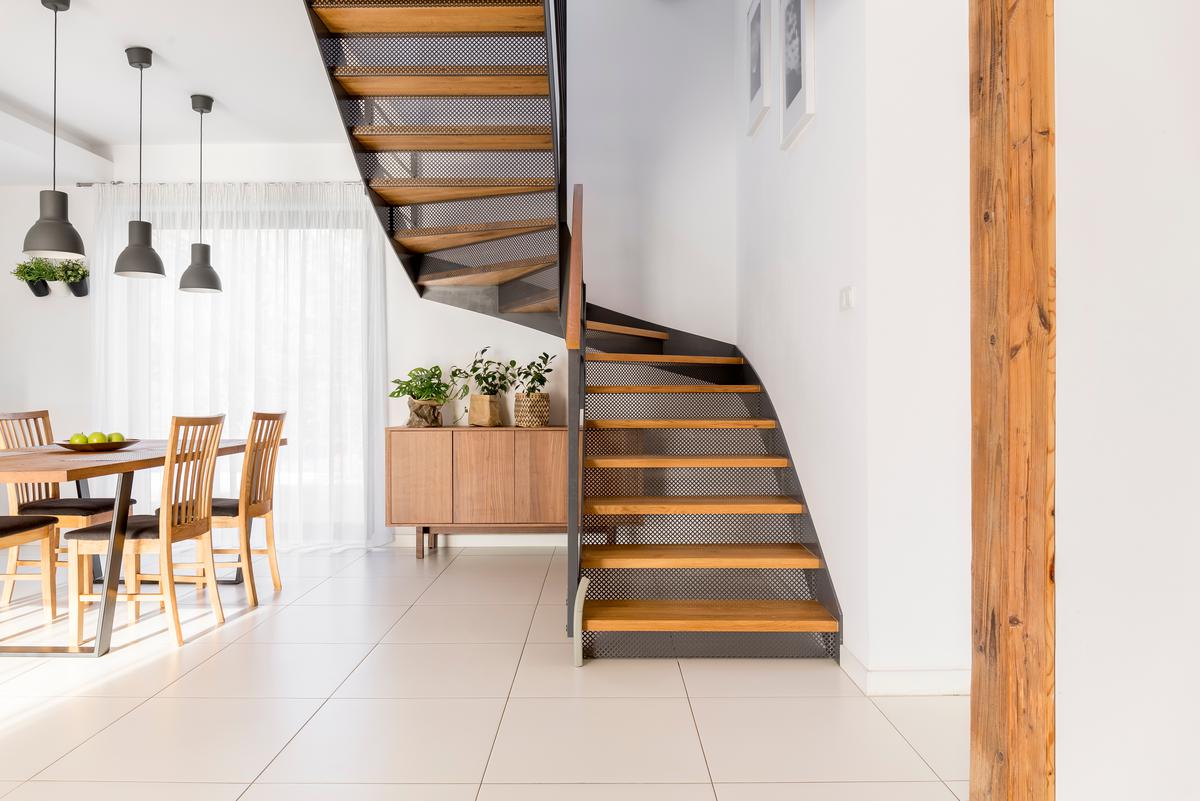
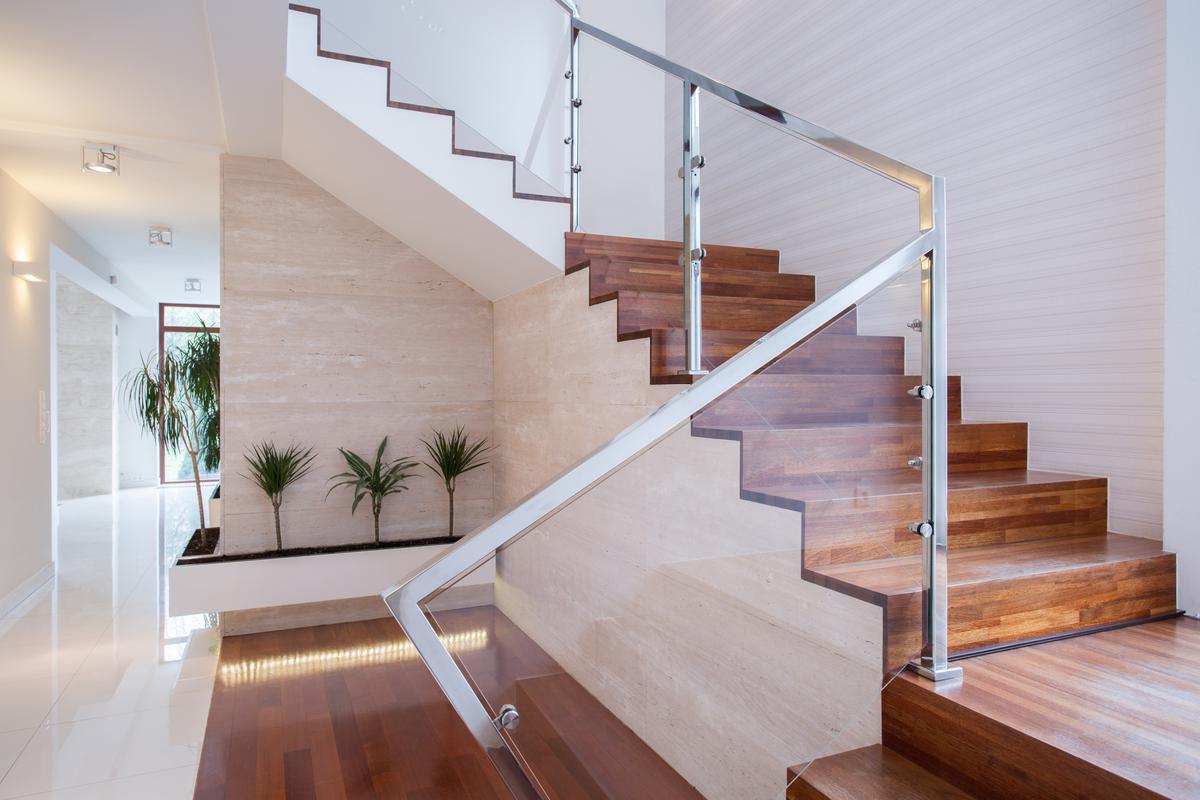
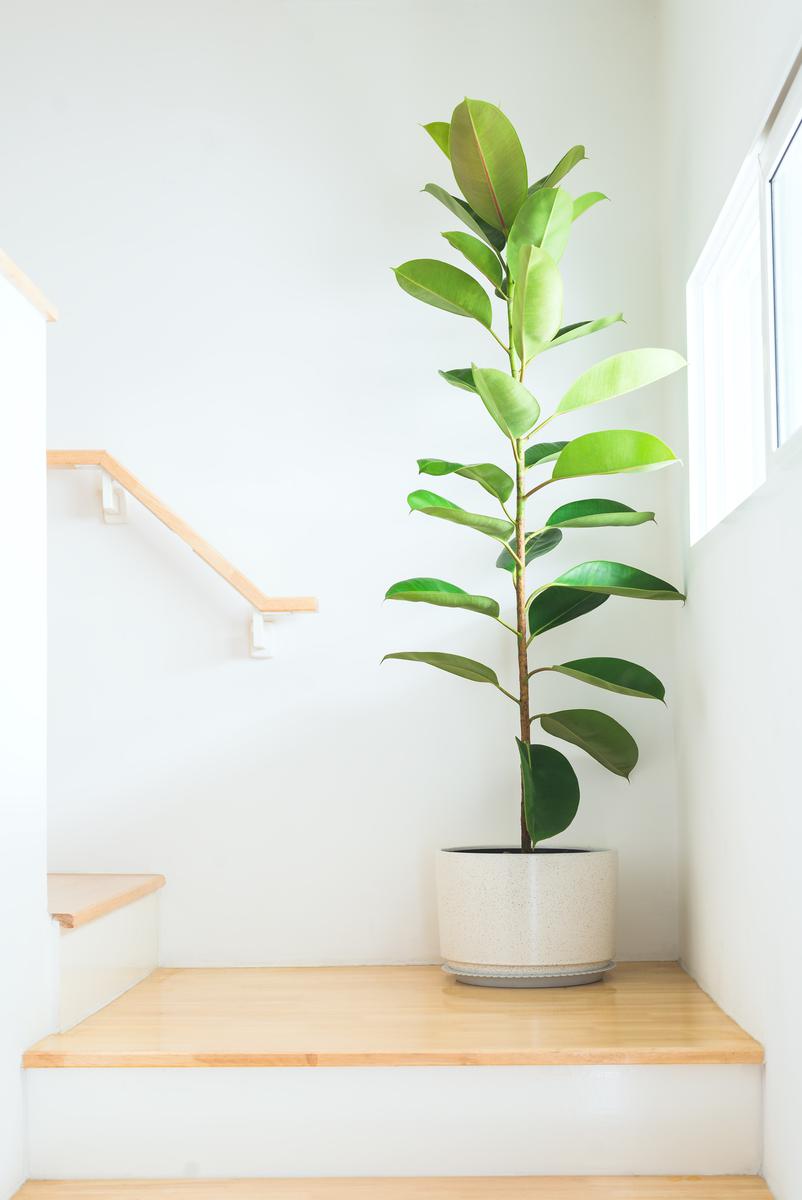

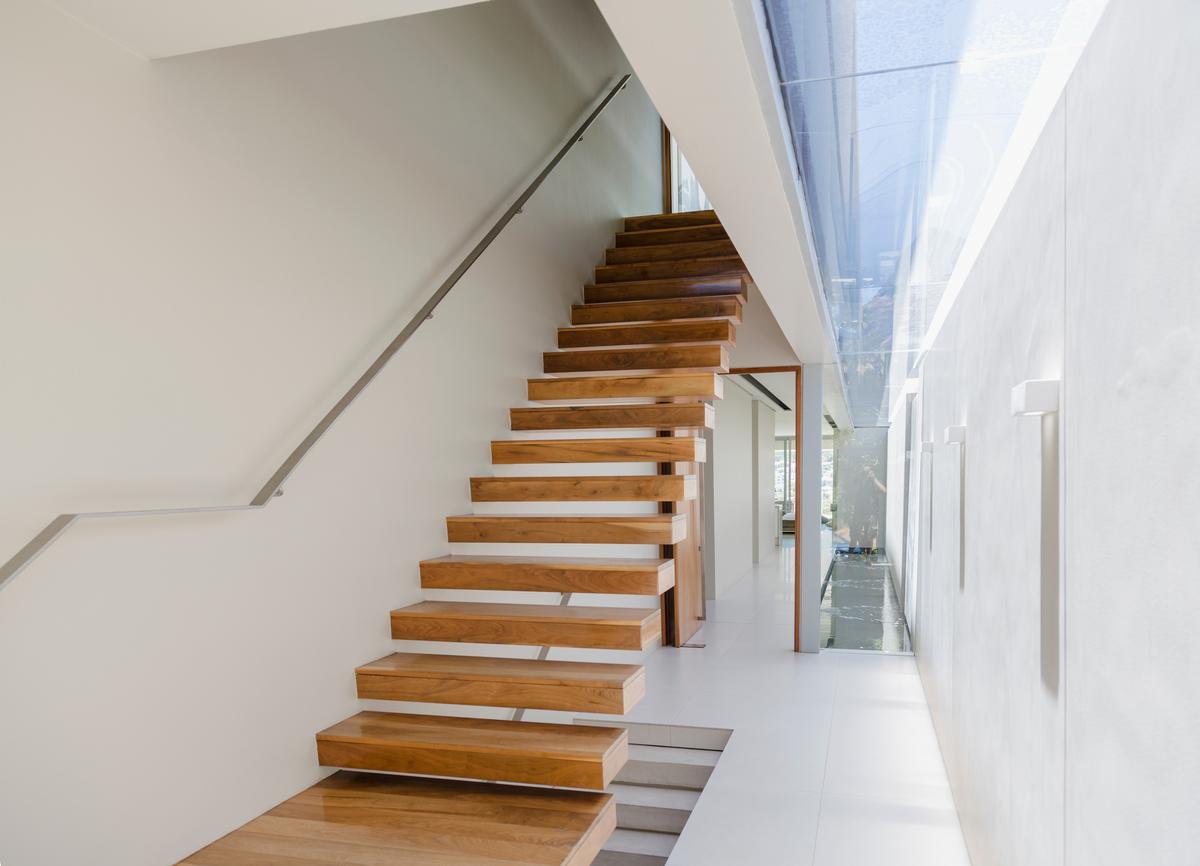
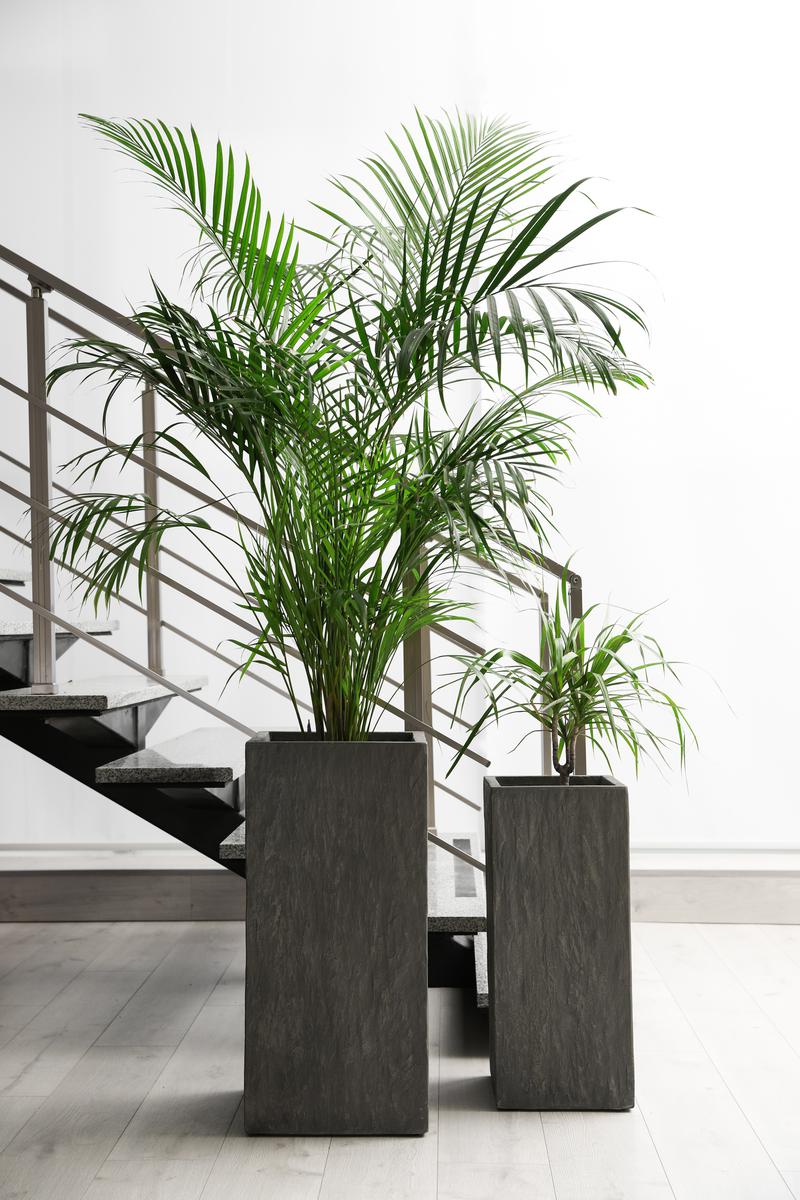
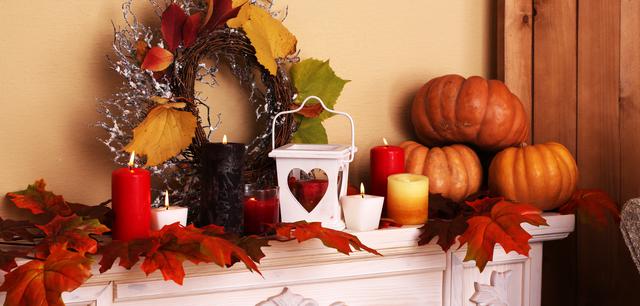

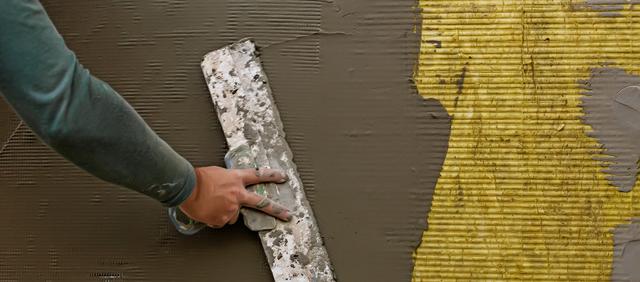

comments